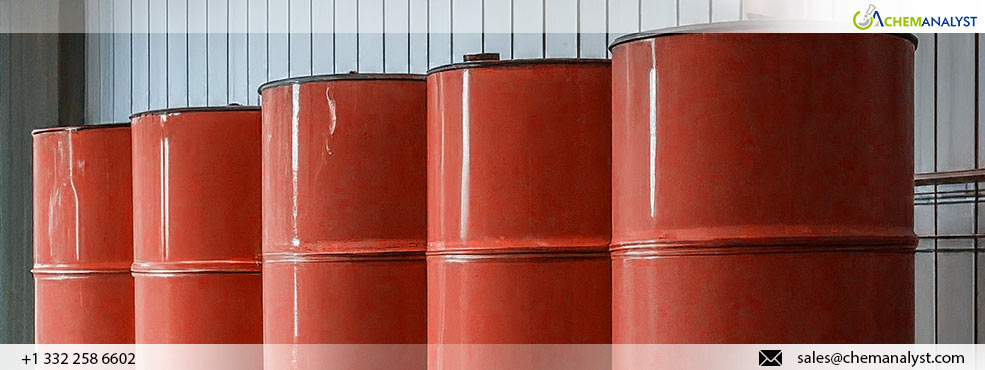Polyethylene Glycol Prices Decline Amid Market Challenges in Germany in June 2024
- 09-Jul-2024 3:11 PM
- Journalist: Emilia Jackson
In June 2024, the German market for Polyethylene Glycol (PEG 200 grade) observed significant variations, exhibiting broader trends within the manufacturing sector. The price of Polyethylene Glycol decreased by 1.5% from May, closing the month at USD 1,320 per metric ton. This price movement is expressive of the current economic scenario and sector-specific dynamics affecting the market of Polyethylene Glycol.
The reduction in the price of Polyethylene Glycol can be ascribed to various factors. June saw a sharp fall in purchasing activity among manufacturers, who were keenly working to lower their pre-production inventories. This approach was part of a broader effort to control costs amid diminishing demand for Polyethylene Glycol. The destocking cycle, which had been constant, showed no signs of decreasing, with manufacturers stating growing declines in both pre- and post-production inventories of Polyethylene Glycol.
The broader economic situation also played a significant role. The German manufacturing sector faced a new setback at the end of the second quarter. The Purchasing Managers’ Index (PMI) indicated a decrease, reflecting a reacceleration in the rates of contraction in both output and new orders, which had reduced extensively in May. The decline in new orders was determined by weaker domestic demand and reduced export orders from other European markets and China, impacting the Polyethylene Glycol market. Export sales fell at a faster rate, although this decline was less pronounced than the overall reduction in new orders of Polyethylene Glycol.
The Polyethylene Glycol market in Germany also felt the impact of reduced input costs and factory gate charges. Despite the downward pressure on prices, the rate of decline in input costs eased slightly, suggesting a complex interplay of supply and demand factors affecting Polyethylene Glycol. The reduced demand for inputs contributed to an improvement in supplier delivery times, though this improvement was less marked than in previous months.
Moreover, the sentiment among manufacturers showed a slight improvement, with expectations for growth in the year ahead becoming more optimistic. This optimism was augmented by hopes of a recovery in exports, increased investment, and a general improvement in economic conditions. However, the immediate outlook for the Polyethylene Glycol market remains prudent, as manufacturers continue to navigate the challenges of declining demand and ongoing inventory adjustments.
In summary, June 2024 was a difficult month for the Polyethylene Glycol market in Germany. The price decline reflected broader economic trends, including reduced manufacturing output, lower new orders, and ongoing destocking efforts. While the sentiment among manufacturers showed signs of improvement, the polyethylene glycol market remained under pressure from weak demand both domestically and internationally. The future outlook hinges on potential recoveries in export markets and increased investment, which might support the Polyethylene Glycol market in the coming months.



